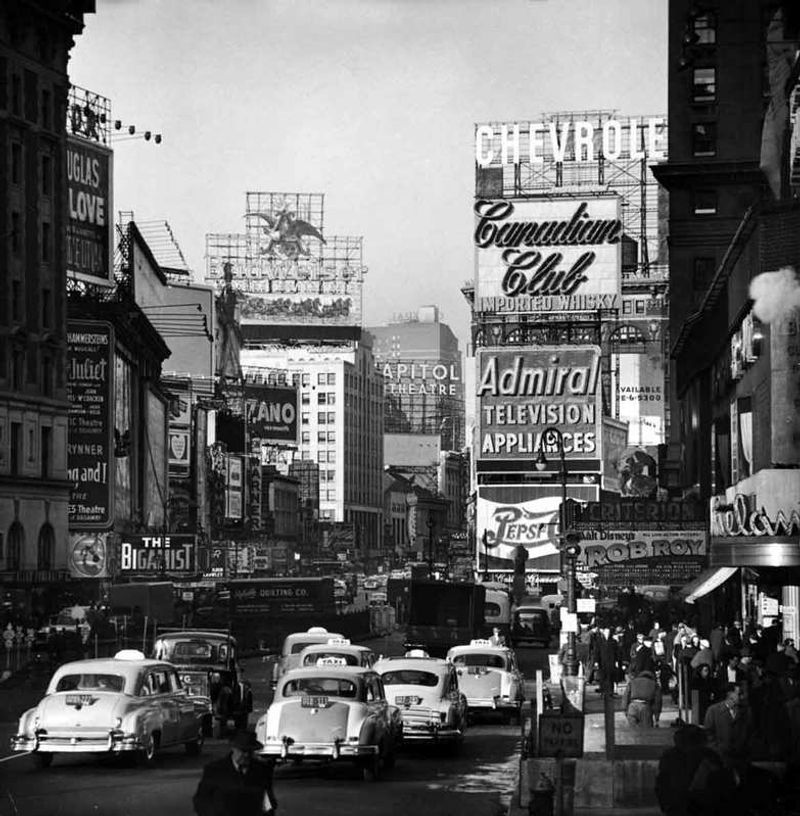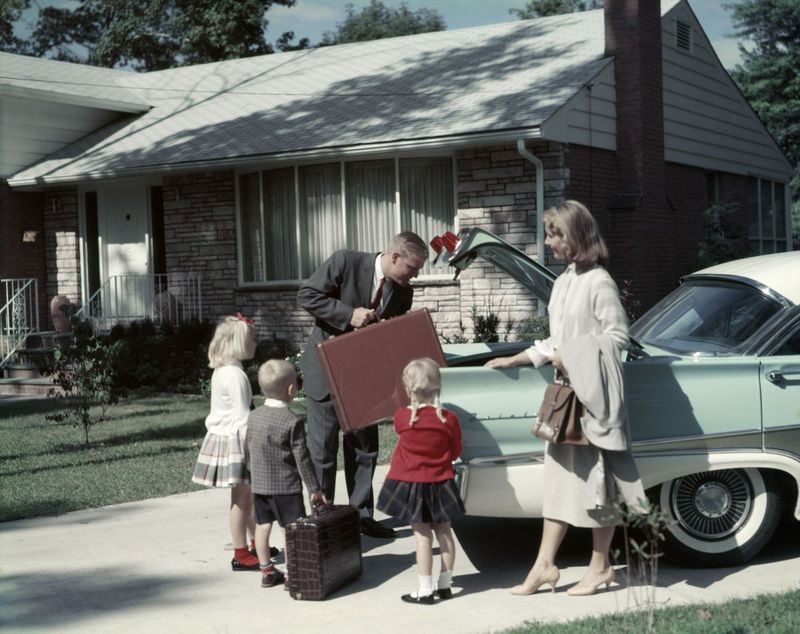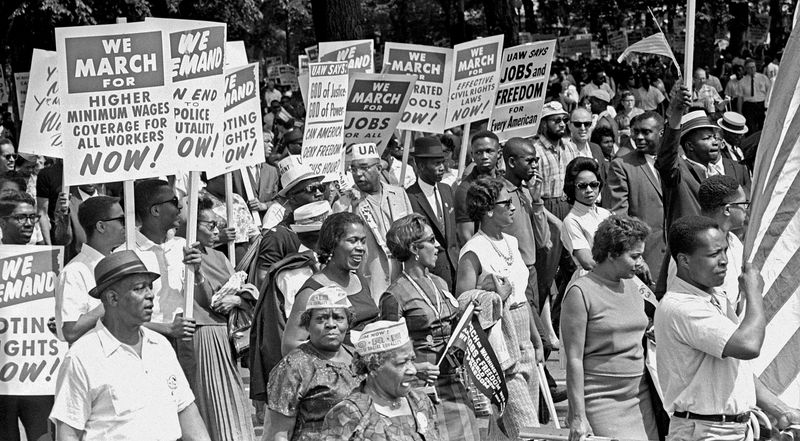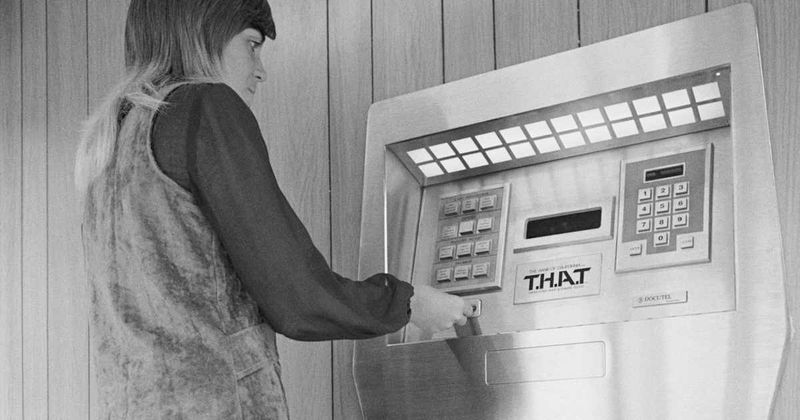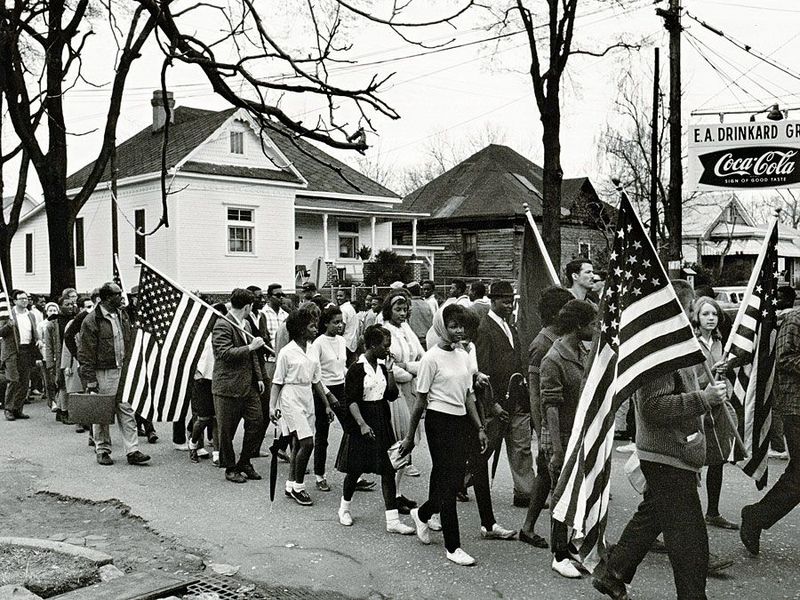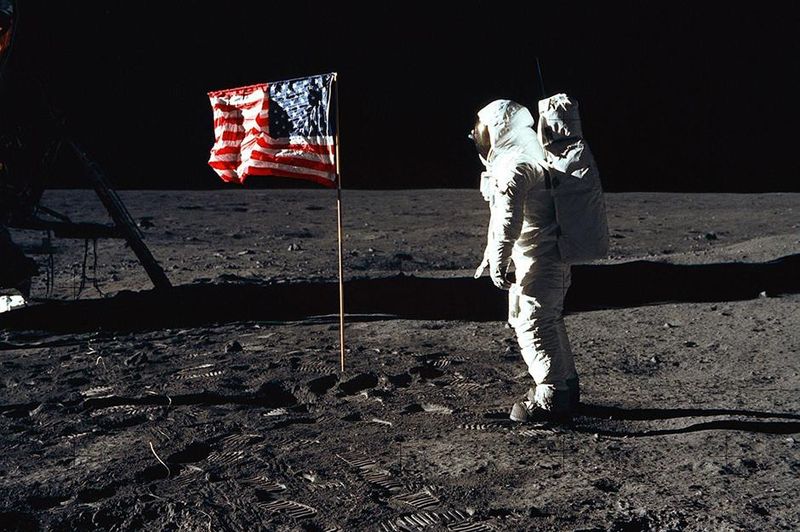From booming suburbs to moon landings, there’s one decade in American history where everything seemed to align—economically, culturally, and socially. It was a time of optimism, progress, and power. But as quickly as it rose, the moment passed. Here’s why the 1960s was America’s peak—and why nothing since has quite measured up.
1. A Superpower at Its Zenith
The 1960s saw America at its unchallenged peak. Fresh off the victories of World War II, the nation emerged as a global superpower. The economy was robust, with industries thriving and innovation at an all-time high. This era fostered a sense of confidence that permeated every sector. As skyscrapers rose and cities thrived, the dollar reigned supreme.
The cultural influence was matched by this economic prowess, further cementing America’s role worldwide. It was a decade when hope was tangible, and ambitions knew no bounds. The world looked to America as the beacon of opportunity and leadership.
2. The Space Race and the Moon Landing
In 1969, humankind took its first steps on the moon. This monumental event was more than a scientific achievement; it symbolized the limitless potential of American ingenuity. The space race was a defining factor that set the stage for technological excellence.
JFK’s bold promise was fulfilled, and it underscored the nation’s innovative spirit. This lunar milestone inspired generations, showcasing not just American dominance in space but the belief in possibilities beyond Earth. It remains a potent reminder of a time when the impossible seemed within reach, fueled by determination and creativity.
3. Golden Age of Middle-Class Life
The 1960s defined the quintessential American Dream. Suburban neighborhoods flourished, offering families a slice of paradise. Homeownership was within reach for many, and a single income could comfortably support a household.
Televisions flickered in living rooms, and family cars lined the driveways, symbolizing prosperity. This era marked an unprecedented standard of living, where aspirations were not just dreams but achievable goals. It was a time when economic security provided a foundation for future generations, fostering stability and growth. The 1960s truly embodied the golden age of middle-class life.
4. Cultural Explosion: Music, Film, and Art
The 1960s were a whirlwind of creativity. Music saw revolutionary changes with The Beatles and Motown shaping the soundscape. It was a time when melodies lingered in the air, capturing the spirit of an era.
Hollywood blossomed, producing films that resonated across generations. In art, Andy Warhol pushed boundaries, redefining perceptions. This decade was a cultural renaissance, with creativity and innovation at its core. It was a period where art was not just created but celebrated, influencing society at large and leaving a lasting legacy that continues to inspire.
5. Youth, Idealism, and the Rise of the Counterculture
The youth of the 1960s dared to envision a different world. They questioned norms, challenging everything from war to racial injustice. The counterculture emerged, bringing forth peace movements and a shift in societal values.
These young idealists were catalysts for change, sparking discussions and driving progress. From the hippie culture to civil rights activism, their impact was profound. It was a decade marked by hope, rebellion, and a desire for a better future. The youth’s idealism was not just a phase but a transformative force that shaped the nation’s conscience.
6. The Civil Rights Movement Made History
The 1960s were a pivotal time for civil rights in America. Under leaders like Dr. Martin Luther King Jr., the movement made significant strides. Landmark victories such as the Civil Rights Act of 1964 transformed the nation.
It was a time of moral courage, where voices demanding justice could no longer be ignored. These efforts reshaped America’s social fabric, fostering equality and change. The narrative of the 1960s was one of determination and persistence, as the nation took steps toward fulfilling its promise of liberty and justice for all. The movement’s legacy endures.
7. Technological Advances Without Digital Overload
The 1960s marked a stride in technology, bringing innovations that revolutionized daily life. Color TVs, push-button phones, and ATMs became commonplace, enhancing convenience.
Yet, unlike today, there was no digital overload. Life was modernized but not overwhelmed by constant connectivity. It was a balance that allowed society to enjoy technological advancements while maintaining simplicity. This period highlighted the benefits of innovation without the distractions of today’s digital age. It was a time of progress, where technology enhanced life without dominating it, offering a glimpse of how innovation could harmoniously coexist.
8. Fashion Was Bold, Bright, and Original
Fashion in the 1960s was a vibrant tapestry of color and creativity. The era’s clothing was more than just attire; it was a statement. Mini skirts, go-go boots, and bold patterns dominated the scene.
This revolutionary style was about self-expression, breaking traditional norms, and embracing individuality. Fashion became a form of rebellion, capturing the spirit of a generation eager to define itself. The boldness of 1960s fashion was unparalleled, leaving an indelible mark on the industry, and continues to inspire designers today with its audacious and original designs.
9. A Nation United by Shared Experiences
Before the cultural splintering of later decades, the 1960s offered collective experiences that united Americans. Families gathered around televisions to watch shared events, from moon landings to iconic TV shows.
It was an era where the national narrative was cohesive, fostering a sense of unity and shared identity. This collective experience created bonds across diverse groups, weaving a social fabric that was tightly knit. The unity of the 1960s is a poignant reminder of a time when shared experiences brought people together in ways that seem elusive today.
10. Optimism Was in the Air
Despite the challenges, the 1960s was a decade infused with optimism. Space exploration and technological advancements painted a future full of possibilities. It was a time when the potential for progress felt limitless.
This overarching belief in a better tomorrow fueled innovation and exploration. Americans embraced change with an open heart, inspired by the possibility of improving the world. The optimism of the 1960s is a testament to a time when hope and progress walked hand in hand, encouraging a society to dream big and pursue greatness.

